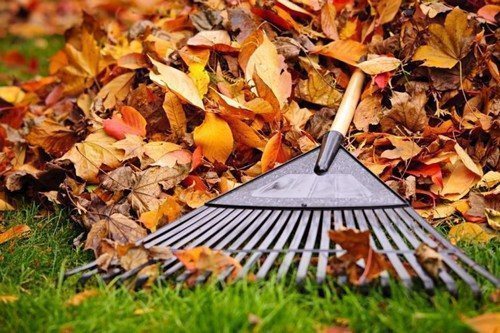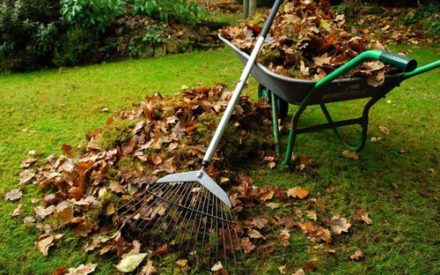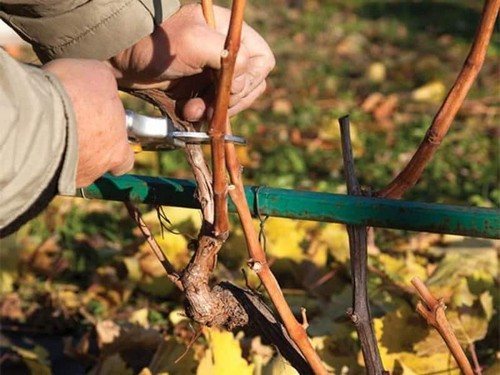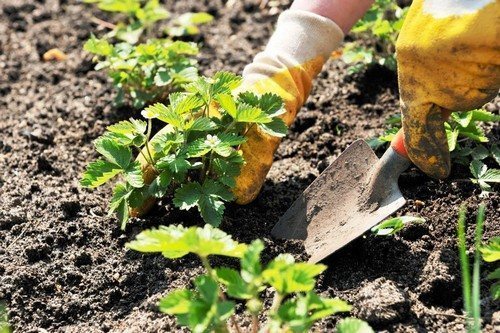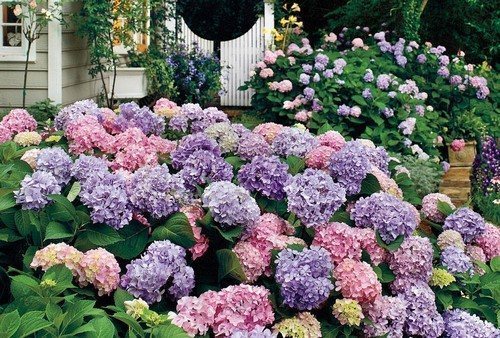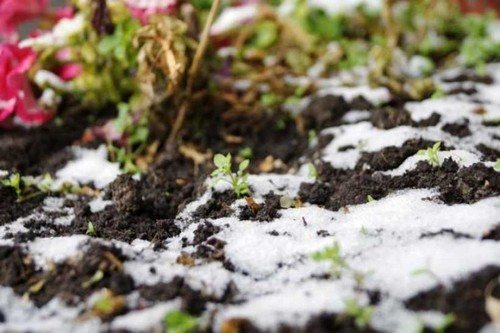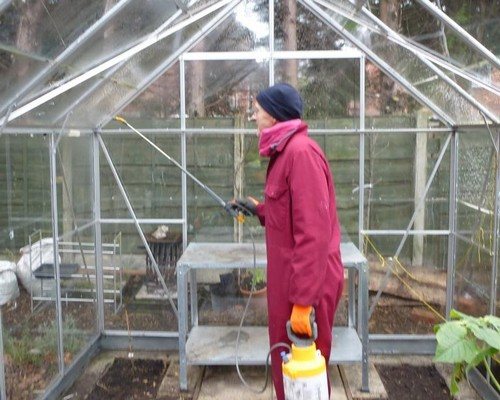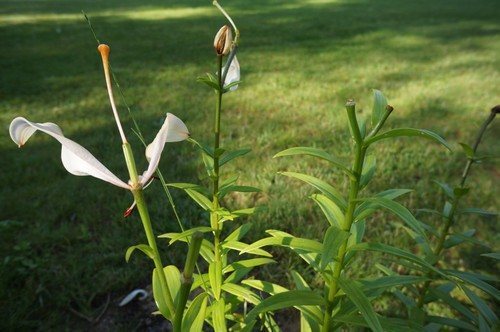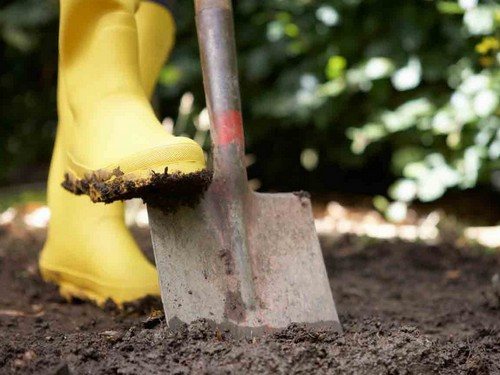Every autumn, with the beginning of leaf fall, gardeners are faced with the question: what to do with fallen leaves? Remove from the site, burn, fill a compost pit, or simply leave the leaf cover until spring.
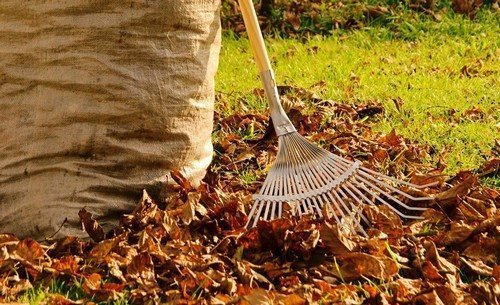
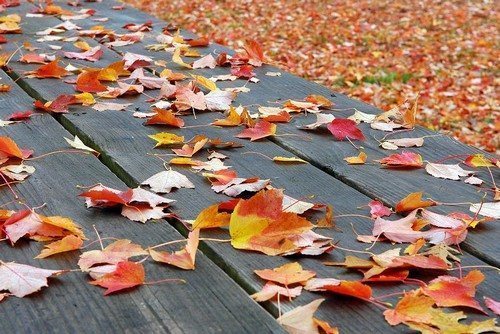
First option
Most summer residents believe that it is not enough to limit oneself to raking leaves: they must be taken outside the site and burned or buried. The explanation for this action is very simple. After all, many pests find refuge in fallen, wet leaves. Having had a good winter, in early spring, with fresh strength, rush into battle to attack fruit trees and berry bushes.
The likelihood of plant diseases becomes higher if they have already been infected with various diseases since last year. The first option can be used if the garden has suffered from diseases: coccomycosis, powdery mildew, scab. Under no circumstances should you place leaves from infected trees or shrubs in compost pits. In the future, when using such obtained compost, fungal infections can be introduced into the soil. Not only leaves are removed, but also fruits that have fallen to the ground (padankas). Usually, the fallen fruits are already infested with pests and they are not left on the site, but rather they make a hole at the end of the garden, pour rotten fruits into it and bury them.
There is a very effective method to neutralize foliage from pests. The foliage collected in the fall is put into black plastic garbage bags and then left in the open.During the winter, the pests freeze out, and in the spring you can empty the contents of the bags into a compost pit. To speed up the ripening of compost, water the pile with special bacteria (microorganisms) and turn it with a pitchfork.
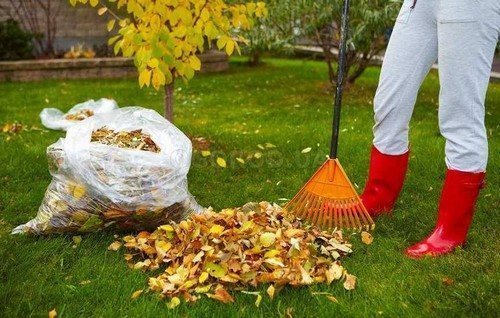
Second option
The rest of amateur gardeners are convinced that the foliage should be left on the site, provided that it is not infected with scab or powdery mildew. Such foliage will not become an obstacle, but will only bring great benefits. You can easily notice that no one ever removes the leaves that have fallen in the forest. And the leaf cover itself over time rots, decomposes, is processed by earthworms and turns into compost. And as a result of this process, good soil is formed with all the microelements necessary for plants.
It is recommended to use the second option when the garden is healthy. It is good to cover perennial flowers with autumn leaves: chrysanthemums, phlox, hostas. For the root system of ornamental trees and shrubs, fallen leaves are an excellent shelter in winter. Covered for the winter, perennial, bulbous flowers germinate earlier in the spring.
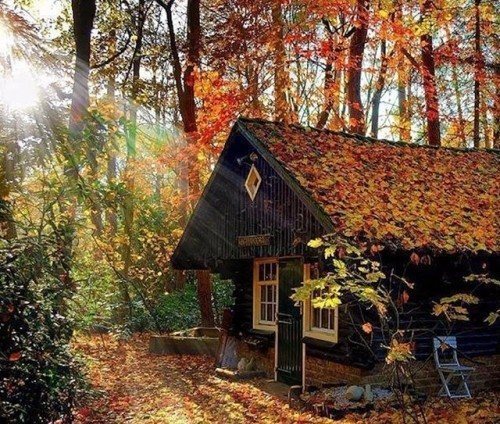
When cleaning fallen leaves, you can use both the first and second options. In any case, they are effective and suitable. But, it is necessary to take into account some nuances in choosing the above proposed methods.
An external inspection of the leaves of shrubs and fruit trees for the presence of pests will help you decide what to do with fallen autumn leaves. And each summer resident will decide for himself what to do in his case or use the experience of other gardeners.


